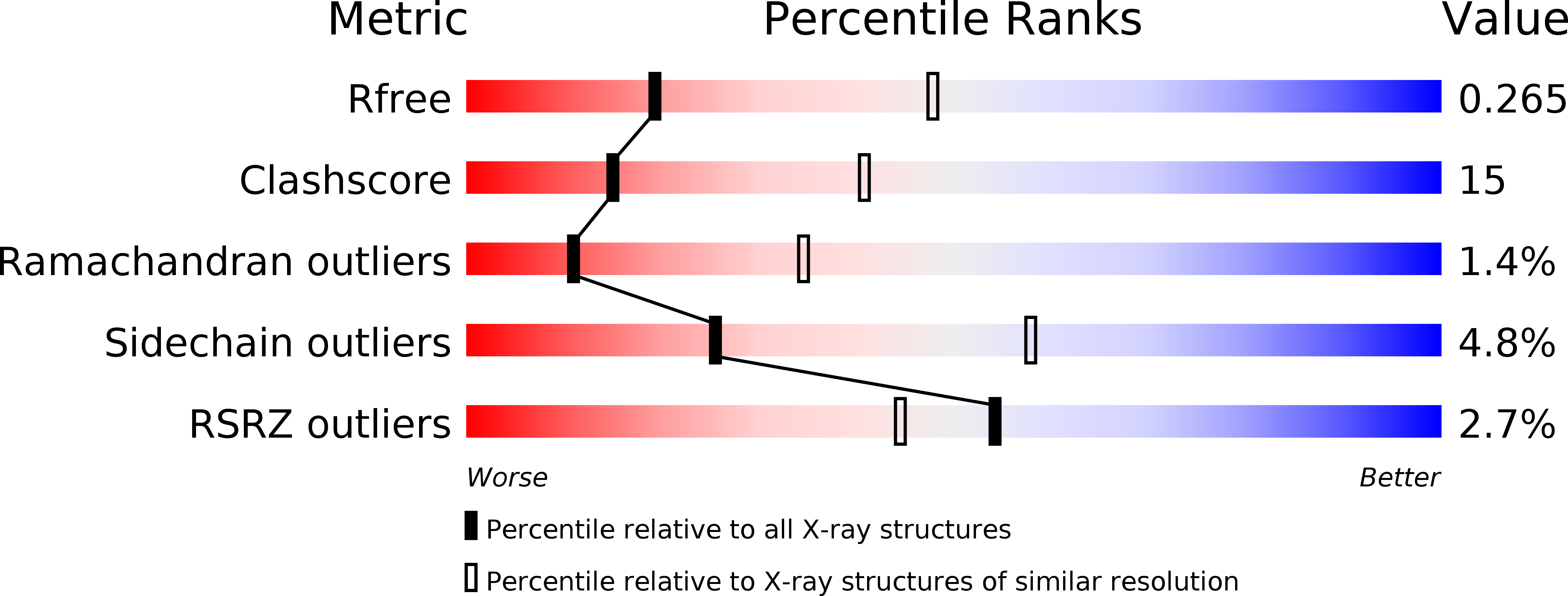
Deposition Date
2009-11-17
Release Date
2010-01-26
Last Version Date
2024-02-21
Entry Detail
PDB ID:
3KQK
Keywords:
Title:
Three Conformational Snapshots of the Hepatitis C Virus NS3 Helicase Reveal a Ratchet Translocation Mechanism
Biological Source:
Source Organism:
Hepatitis C virus (Taxon ID: 333284)
Host Organism:
Method Details:
Experimental Method:
Resolution:
2.80 Å
R-Value Free:
0.26
R-Value Work:
0.21
Space Group:
P 21 21 21


